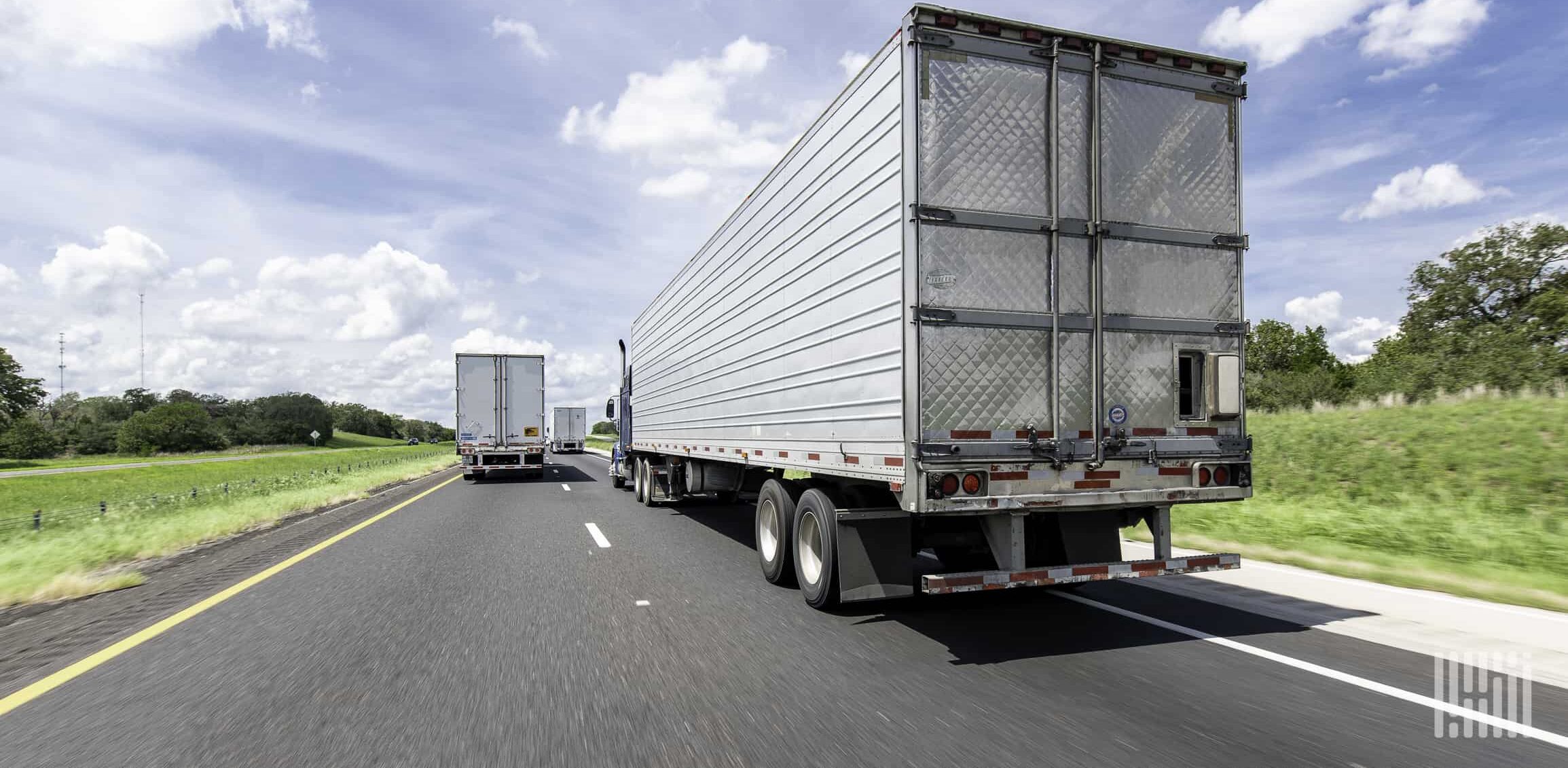Load matching, also known as freight matching, is the process in which individual loads are paired with specific carriers. It considers carriers’ routes, destinations, and capacity to make sure that the process is as profitable as possible. Load matching is a strategic choice for dispatchers to streamline their drivers’ routes so that they don’t have to pick up loads outside of their general route, which adds time and cost.
The rise of load-matching tools has grown with the increased shortage of truck drivers and the volatility of fuel prices. Load matching helps pair shippers with carrier capacity that actually makes sense for a shipment.
How does load matching work?
Load matching — conducted manually or through a computer program — begins by analyzing all the loads that require transport. Once the loads have been analyzed, carriers are matched to the most efficient route. The destination, weight and cargo type determine this route.
How do dispatchers find loads?
Dispatchers can find loads in a variety of ways. Freight forwarders, load boards and freight scanners can be used to find loads that need transport.
What is a ghost load in trucking?
A ghost load is a load that’s posted to one or more load boards but has already been covered. A ghost load can slow down the transportation of other loads and create deadhead miles. Dispatchers need to find and remove phantom data as soon as possible.
Why do trucker loads get rejected?
Loads can be rejected for numerous reasons. For example, a load that’s too heavy or large for the carrier’s route may be rejected. In some cases, a load may not be compatible with the truck or carrier. Other reasons for load rejections can include:
- Temperature problems
- Broken seals
- Paperwork mistakes
- Broken pallet regulations
- Shifted freight on pallets
- Missed appointments
- Improper equipment
- Accessibility issues
How is digital freight matching different?
Digital freight matching is a newer form of load matching that allows for more detailed analysis. This streamlines the process while removing time-wasting barriers from the sourcing and procurement process. Digital freight matching is mobile-friendly and fully untethered to workplaces. Information can be used to find more efficient routes and match carriers with the best load for each destination. Digital freight matching also allows for faster load transfers, which can speed the transport process.
Load matching vs. capacity sourcing
Though capacity sourcing inherently comes with load matching, the opposite is not necessarily true. Capacity sourcing finds carriers with room to take certain types of loads. Load matching strategically matches carriers to loads that match their route and freight type. For example, though a capacity sourcing tool may show you that there are 50 trucks available to take your freight, load matching highlights trucks meeting the criteria for a given load. Even though certain smart capacity sourcing tools show types of trucks available in your preferred shipping lanes, they generally won’t provide specifics about other cargo they’re hauling.
Benefits of load-matching software
Load-matching software makes the process of matching drivers with shippers almost seamless. Using technology removes many tedious manual processes. Some of the things load-matching software can do to save you time and money include:
- More efficient load execution
- Easier access to often-overlooked carriers that have six or fewer trucks
- Increased capacity sourcing
- Optimized predictive load matching powered by machine learning
- Elimination of ghost loads
The cons of digital freight matching
Though digitizing most monotonous tasks can make them easier in the long run, you should know a few things before using digital freight matching tools.
- Digital freight matching is impersonal. Many non-corporate carriers in the trucking industry are family-owned and operated, running on intrapersonal relationships built with a human point of contact. When using digital freight matching to source capacity for your loads, you could miss out on savings and priority.
- Just like every emerging technology, you’ll pay to use digital freight matching tools. Though this cost may be nominal in the long run, making sure you have the right product at the best price is important for any business.
The matching game: save time and money
The cost of fuel is forcing trucking companies to conserve fuel and lower operating costs. By grouping loads of similar categories or locations in the same truck, you can reduce the number of stops, decreasing costs and time.
FAQ
Having the right freight broker, access to exclusive load boards and a strong network of customers are great ways to get high-paying freight loads. Another easy way to get high-yield loads is contractor work for the government.
Hotshot loads can be found via freight brokers, load boards and dispatch services. Outside of these classic methods, the easiest way to get hotshot loads is to have a network of your own customers.


